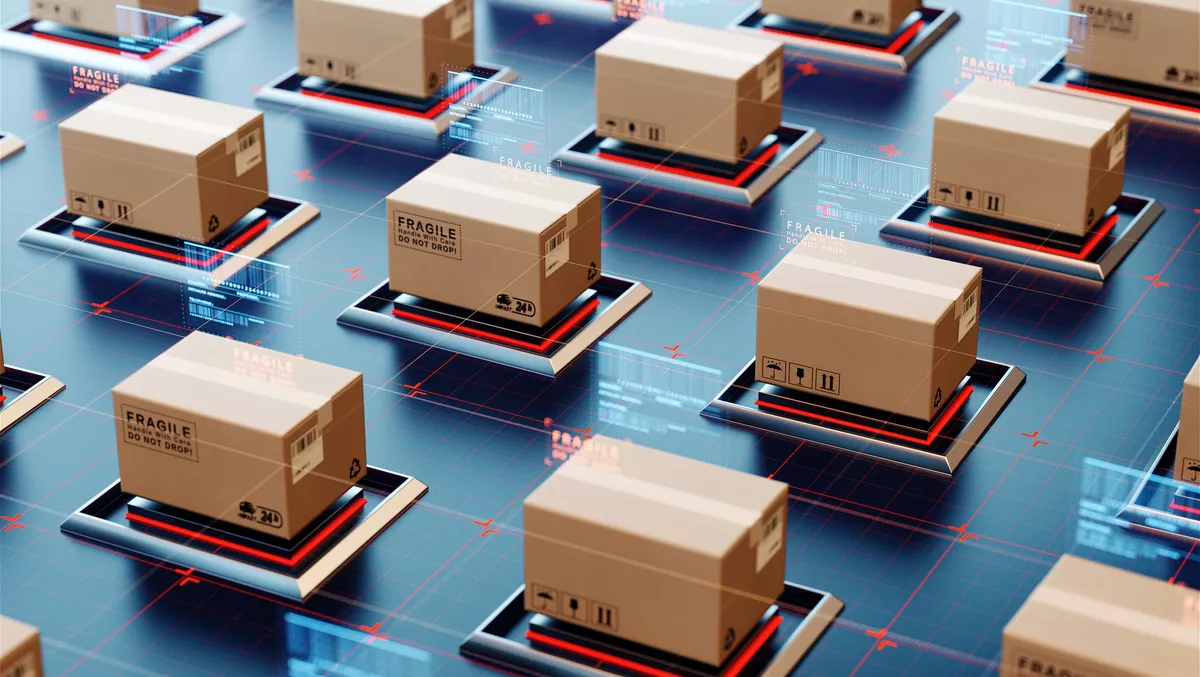If you’ve ever fancied a Tiger beer or a tub of Ben & Jerry’s chocolate chip ice cream in Singapore, a simple tap of the phone will have these messages sent in about 30 minutes, even at odd hours of the day.
Thanks to a cloud store network, supermarkets, and food delivery companies like Foodpanda can have these in-demand items packed and shipped quickly. Meanwhile, larger eCommerce stores like Amazon offer two-hour in-country deliveries for much longer lists, from earphones to fresh fish. Rivals like Lazada and Shopee also provide same-day deliveries as they compete for the same demanding consumers in the city-state.
In Asia-Pacific, such battles between eCommerce players are fiercely fought as online retail becomes the channel for consumers accustomed to using their laptops and phones to buy what they need during the pandemic.

In Australia, the 11th largest e-commerce market in the world, e-commerce revenues are expected to reach $32.3 billion in 2021, an increase of 15.5% year-on-year from 2020.
Critical logistics are a common thread in various markets. With price differences only marginal in many cases, the fast and secure execution of customer orders is becoming increasingly important today.
How quickly can the products reach the customer? Is there a guarantee that they will be delivered on time, without damage? How good are the logistics and warehouse systems that take orders from the front end, take the items off the shelves, pack, and have them shipped while keeping customers constantly informed of the delivery status?
To answer these questions, some of the most competitive online retailers have state-of-the-art logistics centers that are highly automated to reduce the burden on human workers greatly.
In South Korea, for example, retail giant Shinsegae switched to automated sorters in 2021 to collect the items that customers have ordered online and pack them into appropriate packages to be ready for delivery in minutes.
This allowed it to increase its same-day delivery service at any “pick-and-pack” center sixfold, from 500 to 3,000 deliveries per day.
This has been a direct challenge to rival Coupang, which also has plans to increase its center capabilities, though it still relies on people work, Aju Business Daily reported.
Automation in warehouse management not only minimizes manual errors but also improves the safety and well-being of employees. Today, robots or automated carts can tirelessly do the heavy lifting, such as searching a logistics center for ordered items and grouping them for later packaging. They can contribute to better working conditions. These issues are becoming increasingly important for consumers, who demand faster same-day deliveries and prefer more sustainable and responsible companies.
Sadly, in 2021, a firefighter was killed after a fire broke out at one of the largest logistics centers near Seoul. The horrific loss of life sparked a consumer backlash against the company, with many calling for greater responsibility for workplace safety.
This means that e-commerce companies must ensure that the well-being and safety of employees are not compromised by the speed with which goods are packed and delivered in a competitive market. To achieve this, warehouse automation will be the name of the game. From picking and packaging to figuring out the best delivery routes, artificial intelligence (AI) and continuous year-round operation will be critical to the successful e-commerce players of tomorrow.
A network of smart sensors, already important today, will be tasked with making the fulfillment process more seamless and robust. This Internet of Things (IoT) relies on the low-latency connection at the edge of a network, for example, directly in the racks of a warehouse so that employees and customers can immediately discover the status of an item. In addition, this IoT network must be equipped with intelligence to make real-time decisions when a particular item is missing or damaged.
All this digital wizardry also means that the computer systems that enable such new features must be robust and fault-tolerant to support the operation of e-commerce businesses year-round.
When online sales take place 24/7 and deliveries take place in hours instead of days, any digital infrastructure downtime is costly in many ways, most notably the negative impact on customer satisfaction. It’s not something a serious ecommerce business can afford to lose.
What’s also important to consider is how well one’s digital systems are managed. Buying and installing a complex setup will only increase costs, make upgrades difficult, and make any future changes time-consuming. This way, you lose the most important flexibility given the dynamic nature of eCommerce.
What is needed instead are systems that are easy to install, run and manage. They need to be protected against cyber threats and unexpected outages caused by possible hardware failures. They must also be autonomous, robust, and reliable without expensive professional IT monitoring, repairs, and maintenance.
The less one has to mess with the critical systems in running the automated robots that roam a warehouse or other key parts of the logistics system, the more time there is to spend increasing sales, improving sales, and improving customer retention.
Lest we forget, an ecommerce company lives and dies by its customer service, often measured in how quickly and securely an order is fulfilled.
So as competition in Asia-Pacific heats up, it’s no surprise that more e-commerce players are looking to improve their digital warehouse management systems to increase automation efficiency and logistics security in their warehouses. A reliable yet flexible logistics system can help e-commerce companies meet growing customer expectations and improve delivery efficiency to reduce operating costs.
